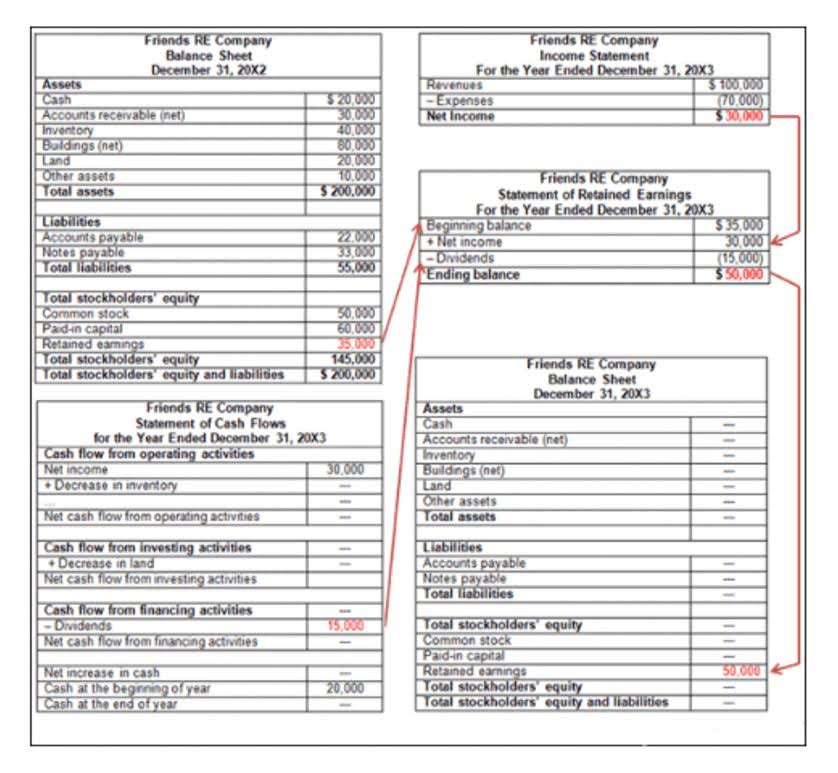
By leveraging technology solutions tailored to variable cost management, businesses can enhance cost transparency, optimize cost structures, and improve overall financial performance. Cost estimation software helps businesses forecast and analyze variable costs based on historical data, market trends, and other factors. By leveraging predictive analytics, businesses can anticipate cost fluctuations and proactively manage their variable costs. The costs of production are always a factor that businesses want to perfect as this factor ultimately decides profitability and their overall growth What is bookkeeping in the market.
Direct Materials

These costs – for ingredients, packaging, or even the electricity to run your oven – are examples of variable costs because they depend on how many cakes you bake. Hence, the output at which the average variable cost is the minimum is six units. There are several approaches to examine costs, pricing, and profitability using variable costing data.
Profitability Analysis
Understanding and managing these variations is crucial, regardless of the industry or business size. Initially, variable cost increases at a decreasing rate because of increasing returns, according to the law of diminishing marginal returns. Finally, variable cost increases at an increasing rate because of decreasing returns, according to the law of diminishing marginal returns. The graph on the right side shows the fixed cost curve, which remains constant no matter whether the quantity produced increases or decreases. Variable costs are expenses that change based on how much variable cost a company produces or sells. If production goes up, these costs increase; if it goes down, they decrease.
Step 1: Identify all variable costs
- These costs don’t care if you’re making a million widgets or just one.
- As a result, fewer laborers were available—demand for labor rose—labor wages elevated overnight.
- Let us try to understand the concept of average variable cost equation with the help of some suitable examples as given below.
- Therefore, Amy would actually lose more money ($1,700 per month) if she were to discontinue the business altogether.
- This is the idea that every unit bought and sold adds Revenue and (variable) costs to the P&L.
As the manager of the pizzeria, you know that it costs you $12 to make each pizza, with $2 going toward the ingredients and $10 going toward paying your employees for direct labor. For example, if your variable cost per unit is $5 and you’re producing 500 units, your total variable cost would be $2,500. First, it https://www.bookstime.com/ is important to know that $598,000 in manufacturing costs to produce 1,000,000 phone cases includes fixed costs such as insurance, equipment, building, and utilities. Therefore, we should use variable costing when determining whether to accept this special order.
- Hence, the output at which the average variable cost is the minimum is six units.
- Salaries are fixed costs because they don’t vary based on production or revenue.
- For example, let’s say your current production allows you to produce 10 units for $2,000.
- MageComp offers excellent Digital marketing Services for maximum visibility, increased traffic, and measurable results for businesses.
- Variable costs are directly tied to a company’s production output, so the costs incurred fluctuate based on sales performance (and volume).
- Used for evaluating cost efficiency, comparing production processes, and determining optimal production levels to minimize per-unit costs.
- They may be able to find loopholes, shortcuts, and tricks of the trade that can help you reduce your variable costs.
- This is why they’re called “variable” costs – they vary with the level of activity.
- By multiplying the average variable cost by the quantity of units (or production), the total variable cost is $10k.
- This is a variable cost since it depends on how many sales you make (and what methods your customers use to pay).
So, if you’re cranking out 200 widgets and each one sets you back $5, then your total variable cost is $200 x $5, which comes out to $1,000. In most organizations, the bulk of all expenses are fixed costs, and represent the overhead that an organization must incur to operate on a daily basis. Fixed costs must be incurred, no matter what the activity level of the entity may be, while variable costs are only incurred if there is some amount of activity.
